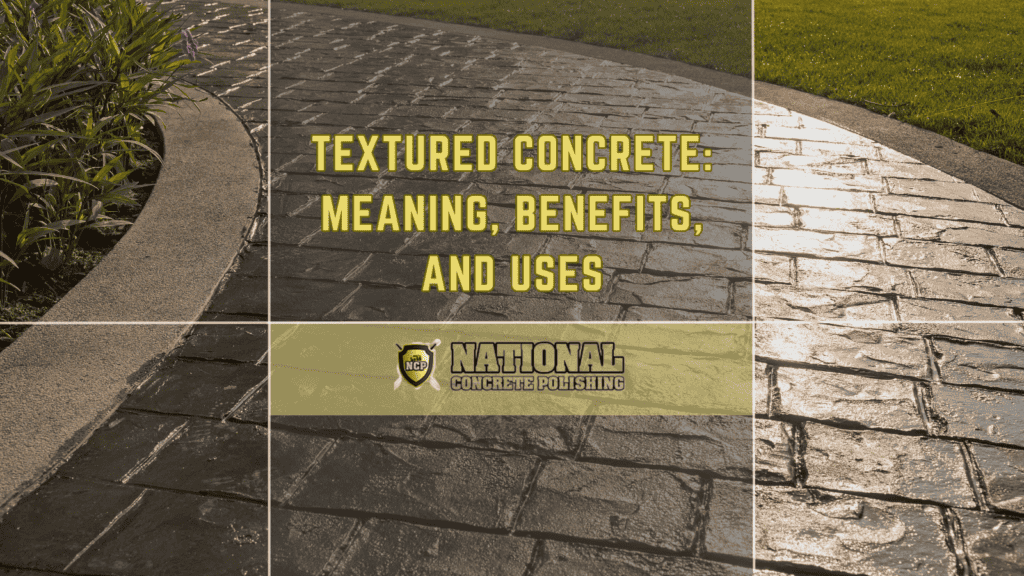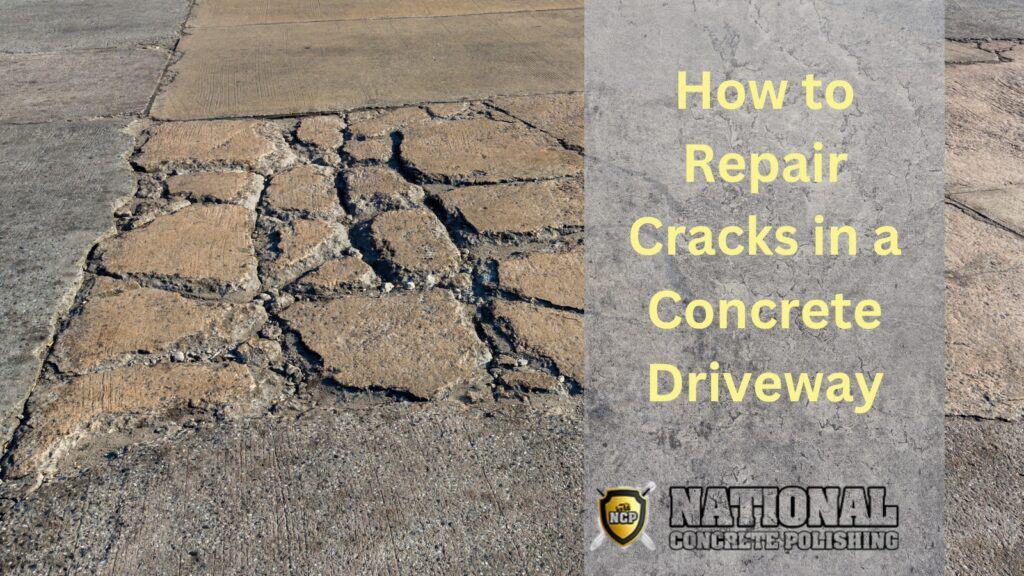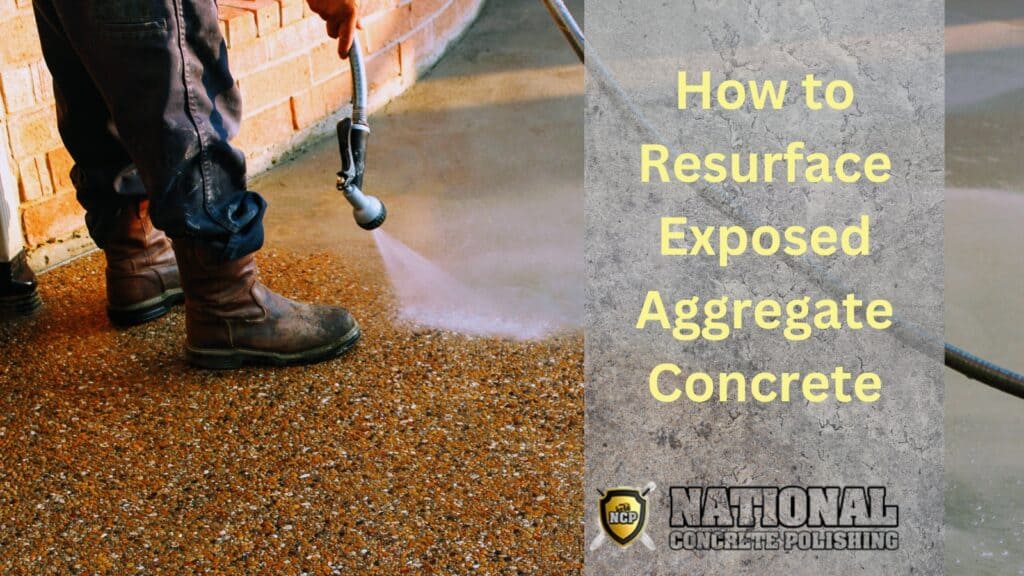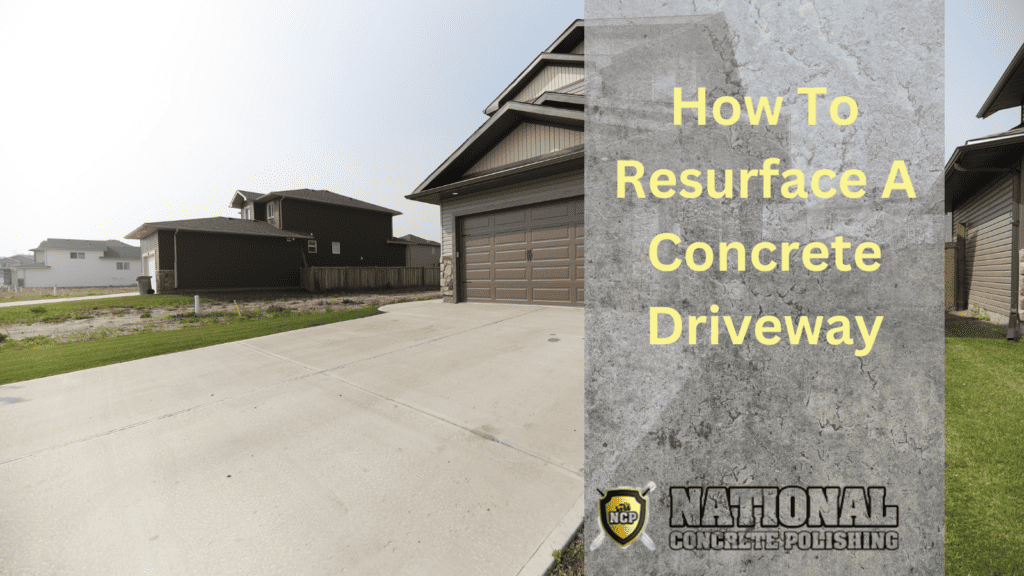Textured concrete refers to a concrete surface that has been intentionally altered to create a tactile or visual texture. These textures can range from subtle patterns to more pronounced designs, providing an enhanced sensory experience and aesthetic appeal to the concrete surface.
The benefits of textured concrete include improved slip resistance, enhanced visual interest, and the ability to mimic the appearance of natural materials without compromising the durability and functionality of concrete surfaces.
Textured concrete finds versatile applications in flooring, walls, driveways, walkways, pool decks, and outdoor spaces, offering a visually captivating and durable solution for many architectural and design projects. Also, textured concrete offers practical advantages such as ease of maintenance, as its textured surface helps to hide dirt, stains, and wear over time, making it a low-maintenance option for busy environments.
If you’re looking to create a striking entryway, a unique patio, or a safe and visually appealing pool deck, textured concrete is a reliable choice that combines functionality, durability, and artistic expression to bring your design visions to life.
What is Textured Concrete?
Textured concrete is a type of concrete that has been intentionally modified to have a specific texture or pattern on its surface. Unlike regular concrete, which has a smooth and plain appearance, textured concrete adds visual and tactile interest by introducing various textures, designs, or impressions. These textures can range from subtle and understated to more pronounced and eye-catching, depending on the desired effect.
The intentional alteration of the concrete surface creates a unique and appealing aesthetic that can enhance the overall look and feel of floors, walls, driveways, walkways, and other architectural elements. Textured concrete allows you to go beyond the ordinary and add a touch of creativity and personality to your concrete surfaces.
Through the modification of the surface of the concrete to incorporate texture, you can achieve a wide range of effects and styles. The texture can mimic natural materials like stone, brick, or wood, providing a cost-effective alternative that captures the desired look without the maintenance or expense associated with those materials. For example, you could have a textured concrete floor that resembles the warm and rustic appearance of hardwood, or a textured concrete wall that replicates the rugged charm of natural stone.
Textured concrete offers not only visual appeal but also a tactile experience. Running your fingers over the textured surface reveals its unique patterns and adds a sense of depth and dimension. This sensory aspect can make the concrete more engaging and inviting, creating a memorable experience for anyone interacting with the surface.
How Does Textured Concrete Differ From Regular Concrete Surfaces?
Here’s a comparison table to highlight the differences between textured concrete and regular concrete surfaces:
| Aspect | Textured Concrete | Regular Concrete |
| Appearance | Distinct textures, patterns, or designs | Smooth and plain finish |
| Tactile Experience | Offers a tactile feel with depth and contours | Smooth to the touch |
| Aesthetic Appeal | Enhanced visual interest, mimics natural materials | Plain and unadorned look |
| Slip Resistance | Improved slip resistance due to the texture | Standard slip resistance |
| Applications | Versatile for indoor and outdoor surfaces | Commonly used in foundations and structural elements |
| Maintenance | May require additional cleaning for textured patterns | Standard maintenance practices |
| Durability | Durable and long-lasting | Durable and long-lasting |
What are the Benefits of Using Textured Concrete?
Some benefits of using textured concrete include:
1. Enhanced Visual Interest
Textured concrete adds depth, character, and visual interest to surfaces. It offers a wide range of texture options, such as stamped patterns, imprinted designs, or unique textures created with specialized aggregates. These textures can copy the appearance of natural materials like stone, brick, or wood, allowing you to achieve desired looks without the associated costs or maintenance. The textured surface creates a visually captivating aesthetic that elevates the overall design of your space.
2. Improved Slip Resistance
One of the key advantages of textured concrete is its improved slip resistance. The texture on the surface provides traction and grip, making it safer for areas prone to wet or slippery conditions. Whether it’s a pool deck, outdoor walkway, or any other surface exposed to moisture, the added texture helps prevent slips and falls, ensuring a safer environment for users.
3. Customization Options
Textured concrete offers extensive customization options to suit your design preferences. Different patterns, designs, and textures can be achieved through various techniques and materials. This versatility allows you to personalize your concrete surfaces, creating unique and tailored looks that align with your architectural style and vision. Whether you prefer a modern, rustic, or traditional aesthetic, textured concrete can be customized to meet your specific design requirements.
4. Durability and Longevity
Like regular concrete, textured concrete is renowned for its durability and longevity. It is a robust material that can withstand heavy foot traffic, impact, and environmental elements. Textured concrete surfaces are resistant to wear and tear, making them suitable for high-traffic areas in residential, commercial, and public spaces. With proper installation and maintenance, textured concrete can retain its beauty and functionality for many years, providing a long-lasting investment.
5. Low Maintenance
Textured concrete surfaces offer the advantage of being relatively low maintenance. The texture helps to hide dirt, stains, and signs of wear, making them more forgiving in terms of visual imperfections. Routine cleaning and maintenance generally involve regular sweeping and occasional pressure washing to keep the surface looking fresh. The low maintenance requirements make textured concrete a practical choice for busy environments where easy upkeep is desired.
6. Cost-Effective
Textured concrete provides a cost-effective alternative to other decorative materials, such as natural stone, brick, or wood. It allows you to achieve visually striking effects without the higher costs associated with these materials. Textured concrete offers the durability and longevity of regular concrete while providing a visually appealing surface at a more affordable price point. This cost-effectiveness makes textured concrete an attractive option for those seeking both aesthetics and budget-friendly solutions.
How is Textured Concrete Used?
Here are 5 ways textured concrete can be applied:
1. Flooring: Textured concrete is frequently used for flooring both indoors and outdoors. It can be applied in areas such as living spaces, kitchens, bathrooms, basements, patios, and entryways. The textured surface adds visual interest and can mimic the appearance of natural materials like stone or wood, creating a unique and durable flooring solution.
2. Walls: Textured concrete can be used to create visually appealing accent walls or feature walls. It adds texture, depth, and character to the space, making it a popular choice for interior design. Textured concrete walls can be used in residential homes, restaurants, retail stores, hotels, and other commercial spaces to create a distinctive and eye-catching aesthetic.
3. Outdoor Spaces: Textured concrete is commonly used in outdoor areas like driveways, walkways, pathways, and patios. The textured surface provides slip resistance, making it safer for foot traffic. It can withstand exposure to the elements and offers a durable solution for high-traffic outdoor areas.
4. Pool Decks: Pool decks require surfaces that are slip-resistant and can withstand water exposure. Textured concrete is an excellent choice for pool decks as it offers enhanced traction, reducing the risk of slips and falls. Additionally, the texture can mimic the look of natural stone or pavers, creating an attractive poolside environment.
5. Commercial Spaces: Textured concrete is widely used in commercial settings such as retail stores, restaurants, hotels, and office buildings. Its versatility allows for various design options to suit different branding and aesthetics. Textured concrete can be applied to floors, walls, and even exterior facades, providing a cohesive and visually appealing environment.
How Do You Maintain Textured Concrete?
To maintain textured concrete, you have to apply some preventive measures such as:
1. Avoid Harsh Chemicals: When cleaning textured concrete, avoid using harsh chemicals or acidic cleaners as they can damage the surface and alter its texture. Stick to mild detergents or pH-neutral concrete cleaners specifically designed for textured surfaces.
2. Stain Removal: Promptly tackle any spills or stains on the textured concrete. Blot or wipe up spills as soon as possible to prevent them from penetrating the surface. For stubborn stains, use a poultice or specialized concrete stain remover following the manufacturer’s instructions. Test any stain removal product on a small, inconspicuous area first to ensure compatibility.
3. Sealing: Consider applying a sealer to protect the textured concrete surface and enhance its longevity. A sealer creates a protective barrier that helps repel stains, moisture, and UV damage. Consult with a professional or follow the manufacturer’s instructions for the appropriate sealer and application method for your specific textured concrete surface.
4. Preventive Measures: Take preventive measures to maintain the integrity of the textured concrete. Avoid dragging heavy objects across the surface to minimize scratches or abrasions. Place mats or rugs in high-traffic areas to protect the textured concrete from excessive wear. Use furniture pads or coasters to prevent scratches and indentations.
5. Regular Inspections: Periodically inspect the textured concrete surface for any signs of damage, such as cracks, chips, or uneven areas. If you notice significant damage in your textured concrete, you can consult with a professional like National Concrete Polishing.
Our expert team provides tailored solutions, including cleaning, sealing, and repair services, to help you deal with any issues promptly to prevent further deterioration. To get started, contact us today.
How durable is textured concrete? Will it crack or fade over time?
Textured concrete is highly durable. When installed correctly and maintained properly, it exhibits excellent resistance to cracking and fading over time. Its strong composition and textured surface provide enhanced strength and resilience. However, the durability of textured concrete can be influenced by different factors such as the quality of materials used, installation techniques, and environmental conditions.
How long does the installation process of textured concrete typically take?
The installation process of textured concrete varies based on project size and complexity. For residential driveways or walkways, it typically takes a few days to a week. Larger projects like commercial flooring or outdoor areas may range from a few weeks to several months. Weather conditions, project specifications, and labor availability can affect the timeline. Consult concrete professionals for accurate estimates.
Can textured concrete be combined with coloring or staining techniques?
Yes, textured concrete can be combined with coloring or staining techniques to enhance its appearance. Coloring techniques involve adding pigments to the concrete mix during the installation process, resulting in a consistent color throughout the textured surface.
Staining techniques, on the other hand, involve applying colorants or acid stains to the cured concrete surface, creating varied and translucent tones. These techniques offer a wide range of color options, allowing you to customize the look of your textured concrete to suit your aesthetic preferences.
Is textured concrete suitable for areas prone to wet or slippery conditions?
Yes, textured concrete is a suitable choice for areas prone to wet or slippery conditions. The texture of the concrete surface enhances traction and provides improved slip resistance, making it safer for foot traffic, even when wet. Texturing can be achieved through various methods, such as broom finishing, stamping, or using specialized textured overlays. These techniques create a rougher surface that helps to reduce the risk of slips and falls, making textured concrete a practical option for areas exposed to water or slippery conditions.
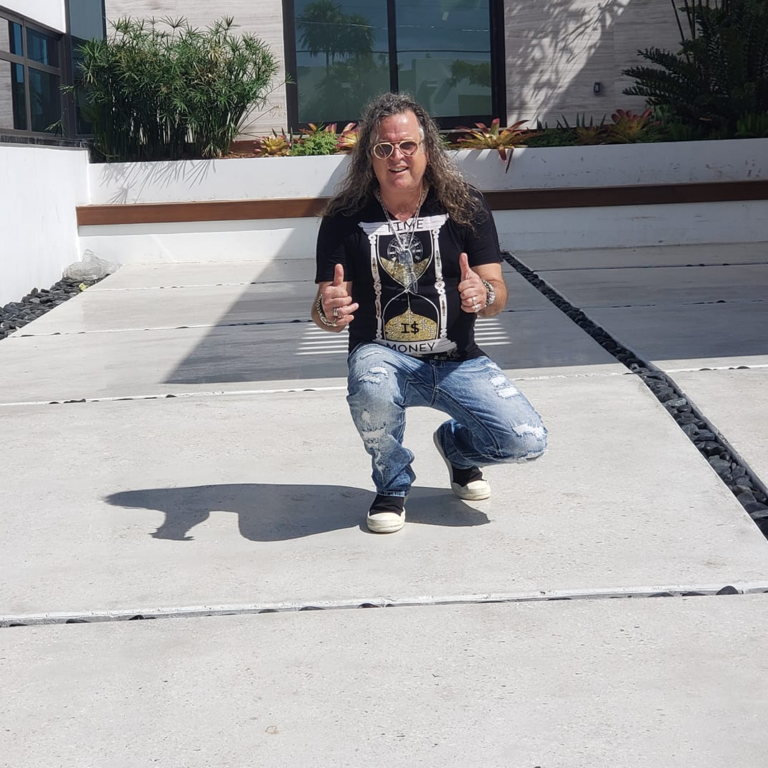
Share This Post

